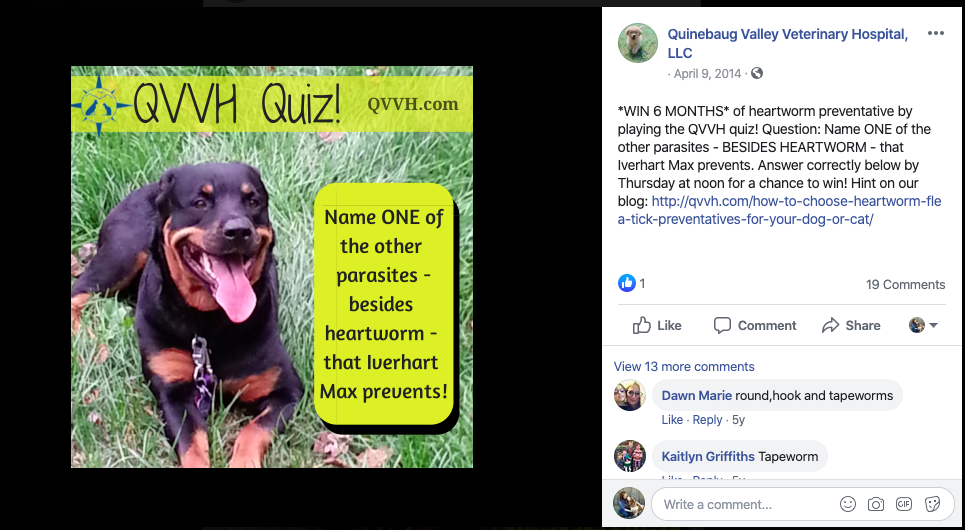Answer the following:
1) Is your veterinary hospital in the habit of being nice to clients? Like – for example – when they walk into your practice, do you acknowledge them?
2) During a new puppy’s exam, do you educate the pet parent about the importance of using monthly heartworm preventative?
3) Do you give the puppy an extra treat, and advise the owner to call if they have any more questions or concerns regarding the visit?
I’m hoping you answered a strong, emphatic “YES!!! OF COURSE!!!” to each one of these questions. If not, maybe you should close your veterinary hospital. You apparently hate puppies! This is really not the business for people who hate puppies.
Now I have 1 more question for you:
4) What is the ROI – or return on investment – on those aforementioned behaviors?
For example, it takes the veterinary technician an additional minute to greet the new puppy & its owner warmly, and the technician gets paid $17/hour.
Was that interaction worth at least 28.3 cents?
Or do I sound absolutely insane to even try to do that sort of math?
What is my point?
One of the most common questions I get – especially from my fellow veterinary practice managers – is, “What is the ROI of social media?” Veterinary hospitals want to know how having a strong Facebook presence or active Instagram account is going to benefit their bottom line.
I have some bad news: The ROI of social media for your veterinary business isn’t something you can definitively calculate. Unless you’re running a Facebook ad to book appointments or running a special discount code on Instagram, it’s nearly impossible to track social media ROI.
But here’s the thing…
Social media is just like the regular social interactions that happen at your veterinary practice.
It’s about making the pet owner feel at ease, educating them to the best of your ability and being open to communicating with them.
Social media, when executed properly, is just another branch of providing quality care & customer service.
As I like to say: Communicate, Educate & Connect!
Put it into action!
Here’s that same scenario I outlined in the first 3 questions, broken down into social media steps.
1) Post a “Welcome to our practice” photo of that new puppy to Facebook or Instagram.
The team at Caring Hearts Animal Hospital does a great job with these “Welcome” posts:


3) Be responsive to your veterinary hospital’s direct messages (DMs).
If that client messages your Facebook or Instagram page to ask you to remind them what you mentioned about heartworm preventative, be quick to respond.
This one’s pretty easy – I don’t even think you need a graphic to go with it! Just put the Page Manager or Instagram app on your phone, and brace yourself.
Forget about ROI
If you simply employ the tactics above, your social media will start to work for you over time.
Just like providing great customer service in your practice is hard to quantify, don’t expect a direct ROI with social media.
Instead, expect a loyal client base & an awesome reputation for your veterinary business.

